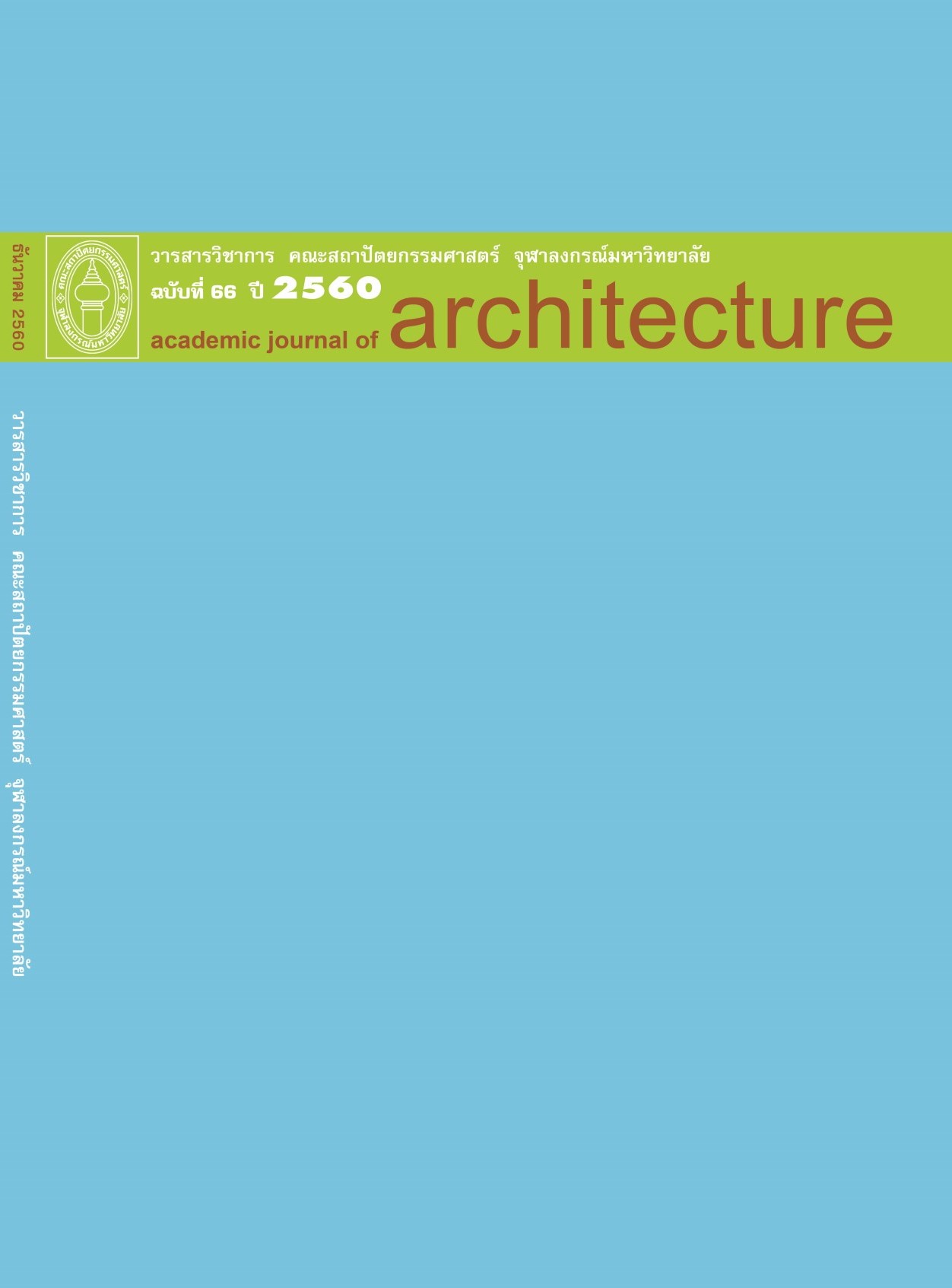Design guidelines for folding cartons: Influence of designs on strength of their folding carton bottoms
Main Article Content
Abstract
A study has been performed to explore the alternative experimental methods of measuring a maximum load of the carton bottom before failure occurs, to compare the box bottom strength with various design, to indicate some influences of box bottom design on maximum box strength, and also to establish some design guidelines for structural designers. This study consists of three experiments: measuring by using ball bearings, measuring by using Universal Testing machine with pulling at the center of the bottom panels, and measuring by using Universal Testing machine with pulling near the lock of the bottom panels. Evaluation of alternative methodologies, analysis of design influences of box failure and synthesis of the carton bottom design guidelines are conducted, respectively.
Article Details
References
2. Cho, Y.M., Um, G.J., snd Kim, J.M. “The development of design structure for environmental friendly non-staple boxes and cases made by the carton and corrugated paperboard.” Palpu Chongi Gisul/Journal of Korea Technical Association of the Pulp and Paper Industry 39, 1 (2007): 69-77.
3. Haitao, Q., Lili, P., and Yan, W. “Based on ArtiosCAD analysis of development and design of collapsible fast-food boxes.” Paper presented at the 2010IEEE 11th International Conference on Computer-Aided Industrial Design and Conceptual Design, CAID and CD, Yiwu, 2010.
4. Hunter, D. Papermaking: The History and Technique of an Ancient Craft. New York: Dover, 1978.
5. Jiang, D.S., and Fu, C.Y. “Study on different folding carton damaged in drop condition.” Applied Mechanics and Materials 469 (2014): 221-224.
6. Kirwan, M.J. Handbook of Paper and Paperboard Packaging Technology. 2nd ed. Chichester, West Sussex: John Wiley & Sons, 2013.
7. Lavalle, M., et la. “New test rig for creased paper investigation to confectionery industry reconfigurable folders.” In Paper presented at the 20th IEEE Iternational Conference on Emerging Technologies and Factory Automation, ETFA 2015, Luxembourg, 2015.
8. Liu, H. and Dai, J.S. “Carton manipulation analysis using configuration transformation.” In Paper presented at the Institution of Mechanical Engineers Part C-Journal of Mechanical Engineering Science 216, 5 (2002): 543-555.
9. Lu, L. and Akella, S. “Folding cartons with fixtures: A motion planning approach.” IEEE Transactions on Robotics and Automation 16, 4 (2000): 346-356.
10. Mullineux, G. and Mathews, J. “Constraint-based simulation of carton folding operations.” Computer-Aided Design 42 (2010): 257-265.
11. Obolewicz, P. “Carton, Folding.” In The Wiley Encyclopedia of Packaging Technology, Kit L., edited. 3rd ed. Hoboker, Nj.: John Wiley & Sons, 2009.
12. Panyarjun, O. “Prediction of Bending Strength of Long Corrugated Boxes.” Master Thesis, Michigan State University, 1998.
13. Qiu, C., Aminzadeh, V., and Dai, J.S. “Kinematic analysis and stiffness validation of origami cartons.” Journal of Mechanical Design.Transactions of the ASME 135, 11 (2013).
14. Riley, A. “Paper and paperboard packaging.” In Packaging Technology: Fundamentals, Materials and Processes, Anne Emblem and Henry Emblem, edited, 178-239. Cambridge: Woodhead, 2012.
15. Sun, C. and Mou, X. “Research on the structure of non-tube and non-tray folding carton.” In Paper presented at the 17th IAPRI World Conference on Packaging 2010, Tianjin, 2010.
16. Wu, W. and You, Z. “A solution for folding rigid tall shopping bags.” In Proceedings of the Royal Society A: Mathematical, Physical and Engineering Science 467, 2133 (2011): 2561-2574.


